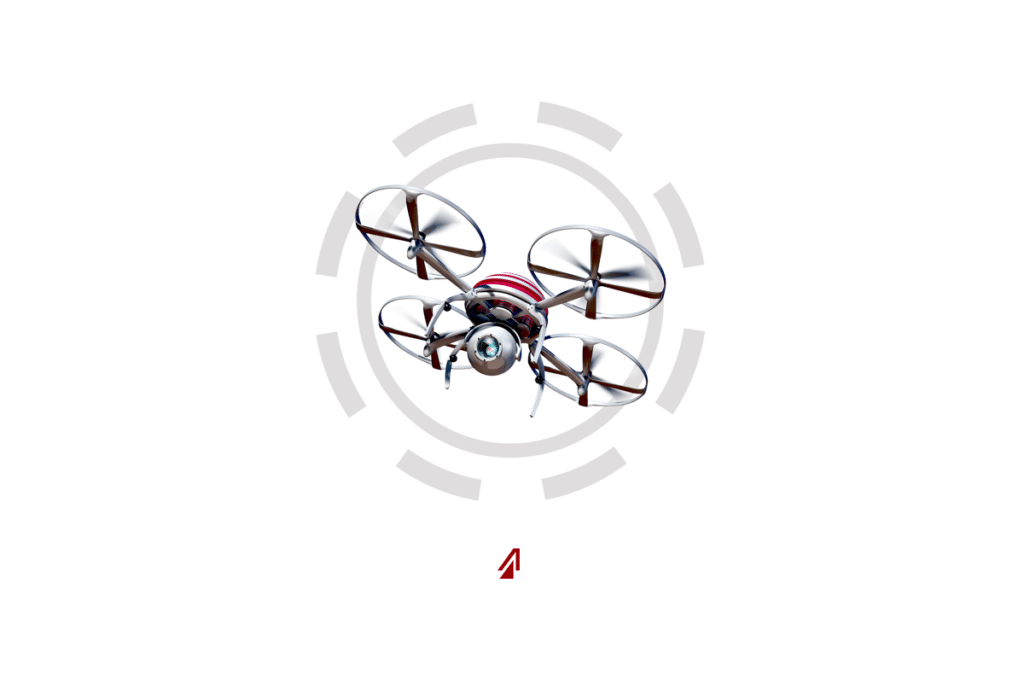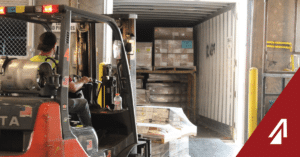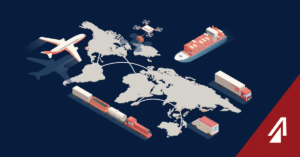“30 minutes or less” was the promise Amazon CEO, Jeff Bezos, made in 2013 talking about Amazon’s Prime Air delivery service. The payload drone service has yet to get off the ground as late as 2019, with some suspecting research and development requiring ten more years before the technology is ready. However, some companies are ready now. Alphabet, Google’s parent company, is in partnership with drone service, Wing Aviation, and Virginia Tech to be the first company to secure an Air Carrier Certification from the Federal Aviation Administration (FAA). Wing joins nine other companies as a part of the FAA’s Unmanned Aircraft System Integration Pilot Program (UAS IPP) to test drone operational concepts. This program will prove to not only be a major development for the drone industry, but a “milestone” for the logistics industry as well.
What is the UAS IPP
The UAS IPP is an FAA program bringing federal, state, and local governments together with private companies to help commerce/payload drones become integrated safely and more quickly into the economy. The FAA has awarded certifications to several UAS operators and manufacturers to help test drone capabilities and determine the correct rules needed for complex, low-altitude flights.
Some of the major concerns these entities will address include:
• Improving local and national drone integration interests
• Improving communication with governing bodies
• Security and privacy risks
• Flying at night
• Flying over people – beyond the pilot’s line of sight
• Package delivery
• Detect-and-avoid technologies
• Data link reliability and security between the pilot and aircraft
What is Natural Language Processing
“This is an important step forward for the safe testing and integration of drones into our economy. Safety continues to be our Number One priority as this technology continues to develop and realize its full potential,” said U.S. Secretary of Transportation, Elaine L. Chao.
Initially, the program is including ten companies paired with local entities; each group testing for specific operations and capabilities. Groups in Durant, OK are investigating issues like agriculture and infrastructure analysis while those in San Diego, CA are looking into border protection and package delivery. Herndon, VA is working on certain detect and avoid technologies while delivering in both urban and rural settings and are working with Virginia Tech’s UAS Test Site. Wing Aviation is the contract partnering with Herndon, VA.
Wing Aviation
Wing Aviation was the first company to receive its certification and be accepted into the UAS IPP program. They have been working for close to six years to build a small, lightweight aircraft capable of handling small packages for home delivery. Two years ago, Wing was able to prove its capabilities by partnering with Chipotle to fly burritos to Virginia Tech’s campus. Since their founding, Wing has been working on testing their drones in Australia. Wing states that they have made over 70,000 successful flights in Australia and have completed over 3,000 deliveries to customers.
With their new certification in hand, Wing is calling the development a “milestone” for the drone industry. “We’re grateful to the Department of Transportation and the Federal Aviation Administration for providing us with the opportunity to conduct our most advanced testing to date on U.S. soil,” James Ryan Burgess, co-lead of Project Wing, said. “We look forward to working with communities in Virginia to better understand how our drone delivery could be useful in their everyday lives.”
Even with this success, Wing still has a lot of R&D to perform before it will be a suitable delivery system. The deliveries Wing made in Australia were to preselected clients and originated from two specific stores. Google has said that these deliveries were beneficial to test sensor technology and help drones find the ideal delivery location in a customer’s yard. According to MarketWatch, a Google spokesperson said, “You can’t build a delivery service if you can’t deliver where the customer wants it.”
Wing is excited for the new opportunities to test and perfect their delivery service to communities in southwest Virginia.
Other Certificate Holders
Wing was only one of the 149 applicants to receive the Air Carrier Certification; the FAA chose nine more for the UAS IPP program. Other notable recipients include Flytrex, Zipline, Matternet, and Flirtey. Most of these drone companies are associated with larger tech and logistics partners like Fedex, UPS, DHL, Microsoft, and Apple.
Other companies have been testing their drones overseas, like Wing has, and have proven their systems successful. Drone startup, Zipline, has been successfully testing their medical supply deliveries in Africa. They have developed a successful distribution system network to transport blood and other life saving materials to nearly three dozen hospitals in Rwanda.
Another certification winner, Matternet, has been working with UPS to deliver medical supplies as well. “The addition of drone transport provides an option for on-demand and same-day delivery, the ability to avoid roadway delays, increase medical delivery efficiency, lower costs and improve the patient experience with potentially life-saving benefits,” UPS said in a press release.
One company that was unsuspectedly absent from the certification list is Amazon Prime Air. The exact reason for their not being chosen is not evident at this time, but according to Brian Huseman, VP of Amazon Public Policy, they are happy to be considered and pleased with the direction the drone industry is going. “While it’s unfortunate the applications we were involved with were not selected, we support the [Trump] administration’s efforts to create a pilot program aimed at keeping America at the forefront of aviation and drone innovation.”
Reality of Drones in Near Future
The future of aerial deliveries remains open despite the recent awards. There are several camps with more optimism than others.
Many optimists, like Jeff Bezos, see the technology as being right on the precipice for full service. Amazon is looking to deliver packages under five pounds within thirty minutes of purchase, (an impressive feat for them considering around 85% of Amazon packages weigh under five pounds) and many in the Amazon corporation see this as becoming a swift reality. “At Amazon Prime Air, we’re focused on developing a safe operating model for drones in the airspace and we will continue our work to make this a reality” Huseman says. Air Prime has been delivering successful test packages to select sites since 2016 and is well on their way to progressing to delivery for the general public.
Others are not so optimistic. Keller Rinaudo, CEO of Zipline told MarketWatch, “Everybody and their grandma is talking about drone delivery, but we don’t think the potential of that technology is to deliver tennis shoes or pizza to your backyard, for at least the next 10 years.” The problem is generally considered to be the battery power.
According to his 2016 article in Inc.com, Yoram Solomon, innovator and engineer, stated that the problem with modern drones is the battery life is not strong enough to move a laden drone for thirty minutes. Solomon said that most payload drones only have speed for forty miles per hour, and even less when carrying a package. The battery pack needed to make a thirty-minute flight must be substantially heavier than available models and the drones themselves must be stronger. He broke down the available drone statistics and mathematically computed the following:
• For a thirty-minute flight – Drone’s overall weight must be twenty times the that of the package alone → (Drone + batteries + package) = 20*package
• For a five-minute flight – Overall weight must be one and a half times the package → (Drone + batteries + package) = 1.5*package
• Drones cannot fly more than thirty-two minutes at a time (unladen)
• A drone can only fly for fifteen minutes from the distribution center to the customer and fifteen minutes back – including takeoff and landing times
• Wind, weather, etc are also a contention
Frank Appel, the CEO of DHL parent Deutsche Post AG, told the AP last December, “If you have to recharge them every other hour, then you need so many drones, and you have to orchestrate that. So good luck with that.” With these factors against them, most drones seem beyond the realm of possibility for the time being.
RPAs can help logistics procurement in several ways. Workers do not need to use traditional methods like routine data entry, outdated customer service modes, or manually messaging individuals for confirmations. RPAs let them automate many of the mundane tasks procurement workers face and allow the workers to focus on more critical operations. In addition, RPAs can:
Takeaway
The FAA has teamed up with top drone companies and local communities in the UAS IPP program to R&D drones and their practical use as a delivery apparatus. They are striving to find ways for autonomous drones to work safely and efficiently; and to use the data these organizations provide to form better rules and regulations for the future of air travel. The first contract awarded was to Alphabet’s Wing Aviation, and other highly anticipated options, like Amazon’s Prime Air, are surely close to follow. Currently the technology is not ready for full service but many in the industry are optimistic about its progress over the next decade. The UAS IPP is a necessary development for the future of drone delivery and is truly a milestone for the logistics and drone industries.



